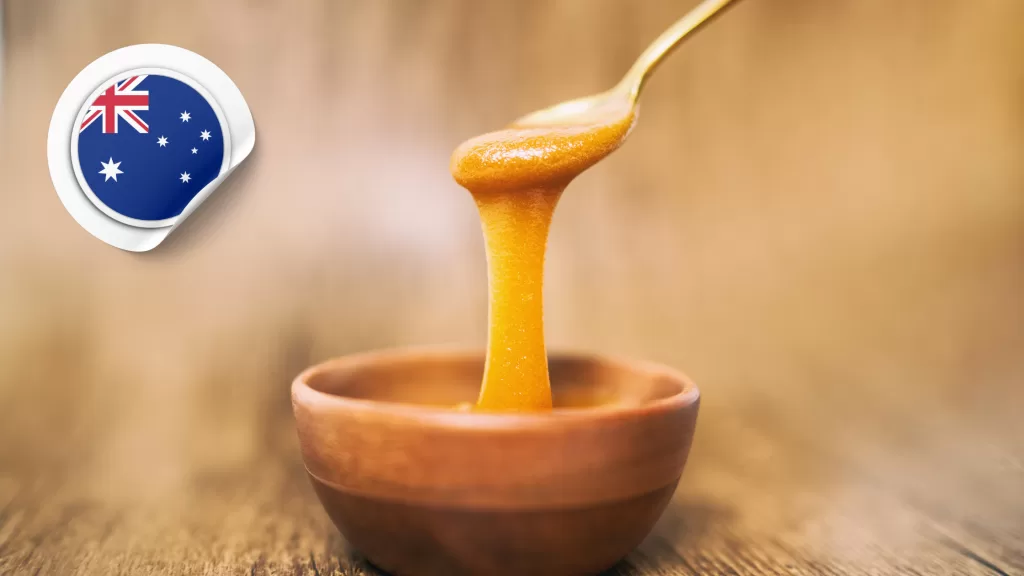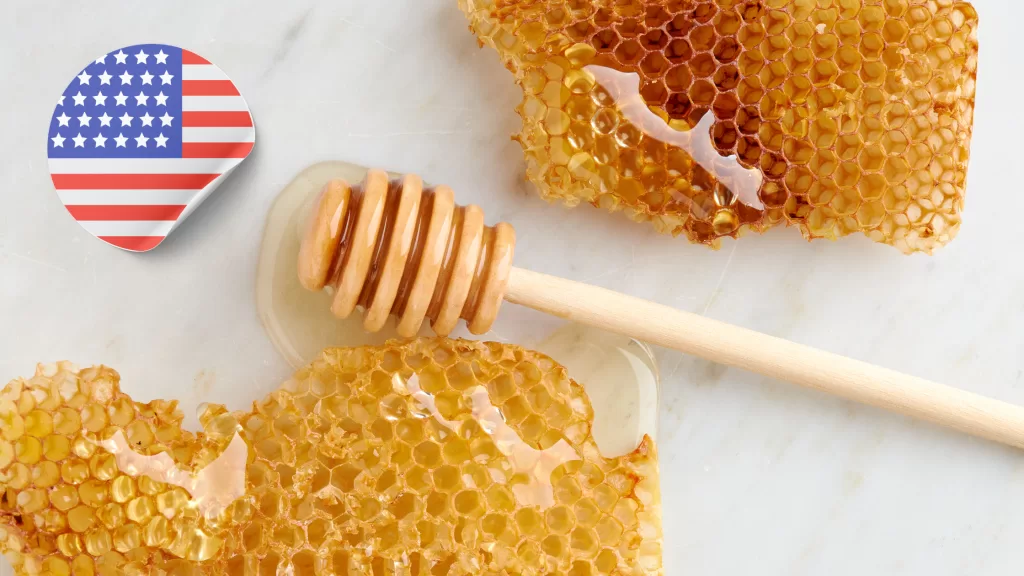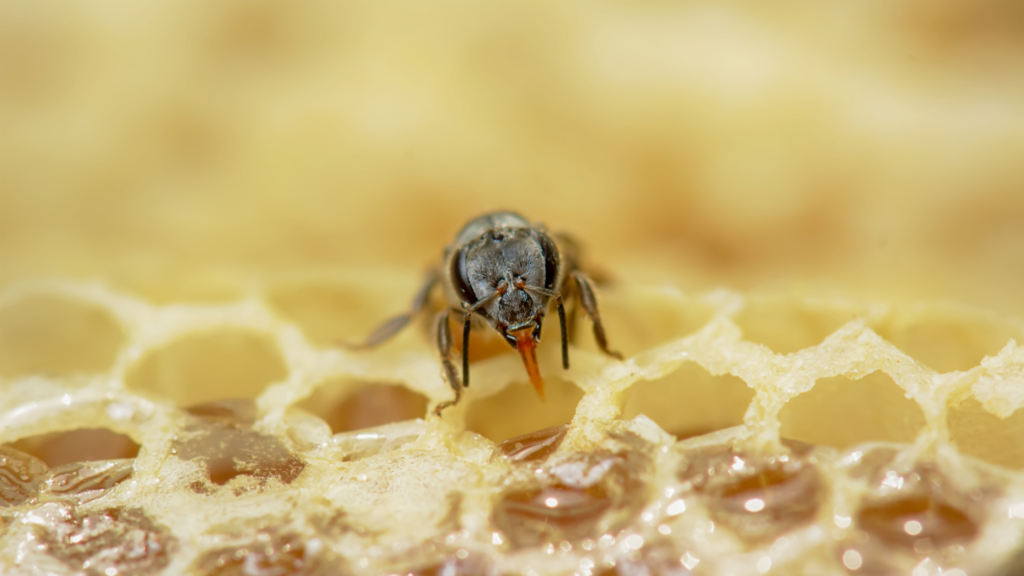Ways to support honeybee conservation
Ways to Support HoneyBee Conservation: Taking Action for the Future of Pollinators
Honeybees are invaluable pollinators that play a vital role in sustaining ecosystems and food production worldwide. However, honeybee populations are facing significant challenges, including habitat loss, pesticide exposure, diseases, and climate change. To protect these essential insects and ensure their continued contribution to our environment, it is crucial for individuals, communities, and policymakers to actively support honeybee conservation efforts. In this article, we will explore various ways in which you can contribute to honeybee conservation and make a positive impact on their survival.
Ways to support honeybee conservation:
One of the most effective ways to support honeybee conservation is by providing suitable habitats for bees. Plant a diverse range of flowering plants in your garden or balcony, including native species, to offer abundant sources of nectar and pollen throughout the year. Choose plants with different bloom times to ensure a continuous food supply. Avoid using pesticides and opt for organic gardening practices to protect bees from harmful chemicals.
Some bee species, such as solitary bees, require nesting sites to lay their eggs and rear their young. You can support these bees by building bee houses or providing natural nesting sites. Bee houses can be made using bamboo tubes, hollow reeds, or blocks of wood with drilled holes. Place these structures in a sunny location protected from wind and rain.
Support local beekeepers by purchasing their honey and other bee-related products. By doing so, you contribute to their livelihood and the preservation of beekeeping traditions. Look for honey labeled as “local” or “raw” to ensure you are supporting beekeepers in your region. Participate in beekeeping workshops or events organized by local beekeeping associations to learn more about beekeeping and the challenges faced by beekeepers.
Raise awareness about the importance of honeybees and the threats they face. Stay informed about honey bee conservation by reading books, articles, and reputable online resources. Share your knowledge with friends, family, and community members. Organize educational events or workshops to teach others about the significance of pollinators and ways to support their conservation.
Advocate for policies that protect pollinators and their habitats. Stay informed about local and national policies related to pesticide use, habitat preservation, and land management. Engage with your elected representatives, urging them to support initiatives that promote sustainable agriculture, reduce pesticide exposure, and protect pollinator habitats.
Get involved with local conservation organizations or beekeeping associations that are working towards honeybee conservation. Volunteer your time and skills for activities such as habitat restoration, planting pollinator-friendly gardens, or assisting beekeepers with hive maintenance. By actively participating in conservation projects, you contribute to the preservation of honeybees and their ecosystems.
Donate to or support organizations involved in honeybee research, conservation, and bee health initiatives. These organizations conduct crucial studies to understand the factors impacting honeybee populations and develop strategies for their protection. Your contributions can help fund research projects, establish bee health programs, and raise awareness about the importance of honeybee conservation.
Honey bees are facing numerous challenges that threaten their populations and the ecosystems they support. By actively engaging in honey bee conservation efforts, we can collectively make a difference in their survival. Whether it’s creating bee-friendly habitats, supporting local beekeepers, educating others, advocating for pollinator-friendly policies, or volunteering for conservation projects, every action counts. Let us embrace our role as stewards of the environment and work together to protect honey bees for future generations and the sustainability of our planet.
More From The Hive:

A Comprehensive Guide to Australian Honey: Types, Production, and Benefits
Australia is home to some of the world’s finest honey, known for its unique flavors, exceptional quality, and health benefits. Thanks to its diverse flora and pristine natural environment, Australia produces honey that reflects the rich biodiversity of its landscapes. Whether it’s the famous Manuka honey from the Leptospermum trees

An In-Depth Guide to Honey in the United States of America (USA): Types, Production, and Benefits
Honey, one of nature’s sweetest treasures, has been an integral part of human diets and cultures for thousands of years. In the United States of America (USA), honey production is not only a thriving industry but also a testament to the country’s diverse ecosystems. From the tropical blossoms of Florida

The Small Honey Bee (Apis florea): A Comprehensive Guide to One of Nature’s Tiny Pollinators
The Small Honey Bee, scientifically known as Apis florea, is one of the lesser-known species of honey bees, yet it plays a vital role in the ecosystems of Asia and parts of the Middle East. Despite its size, the Apis florea bee is a remarkable pollinator, and its unique biology

Exploring the Sweet Diversity of Canadian Honey: A Guide to Types and Flavors
Canada is home to a rich tapestry of landscapes and climates, each contributing to the unique flavors and types of honey produced across the country. From the prairies of Alberta to the forests of British Columbia, Canadian honey reflects the diverse flora that bees visit. In this blog, we will

The Rock Honey Bee (Apis laboriosa): Guardians of the Himalayan Honey
The Rock Honey Bee (Apis laboriosa) is an awe-inspiring species that thrives in the rugged landscapes of the Himalayas, where it builds massive nests on vertical cliffs. Known for producing highly prized wild honey and for its ability to endure extreme mountain conditions, this bee species has captivated researchers, beekeepers,

The Giant Honey Bee (Apis dorsata): Nature’s Fearless Honey Maker
The Giant Honey Bee, scientifically known as Apis dorsata, is a remarkable species native to South and Southeast Asia. Known for its impressive size, bold temperament, and incredible honey-producing capabilities, this bee plays a crucial role in the ecosystem and supports human livelihoods. Despite its importance, the Giant Honey Bee
